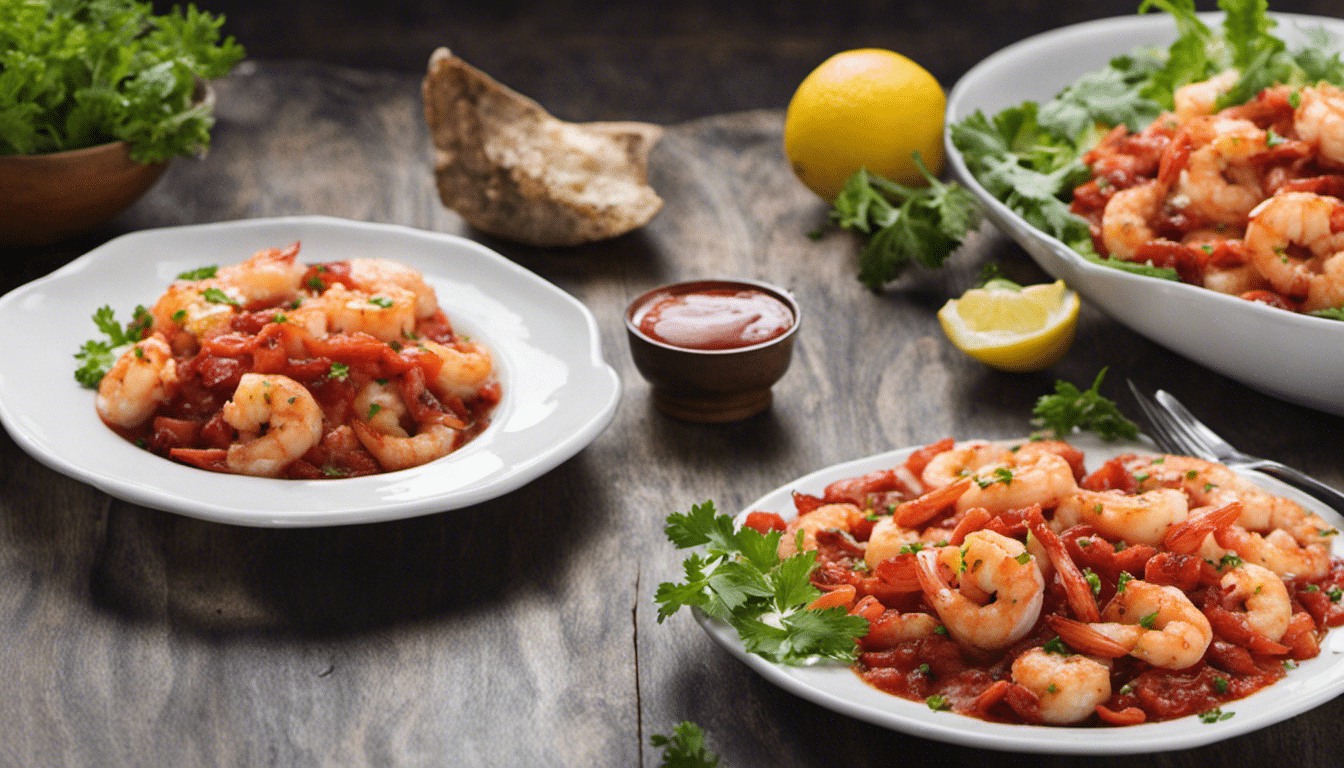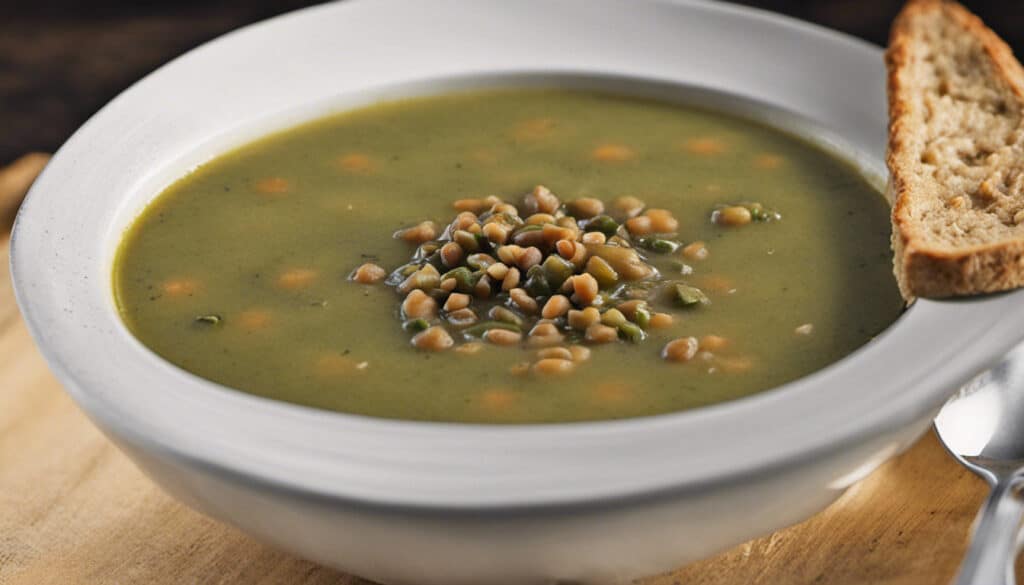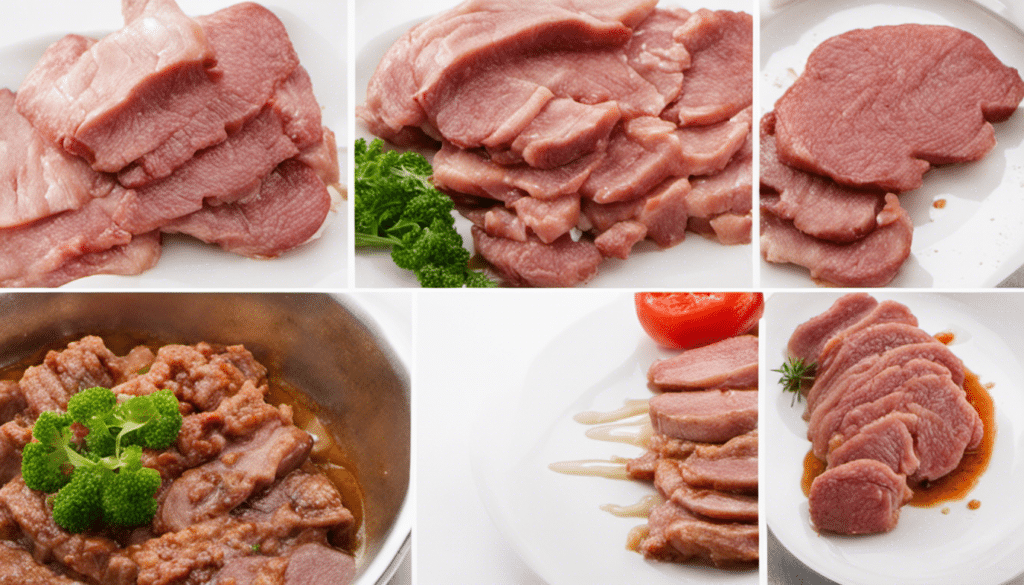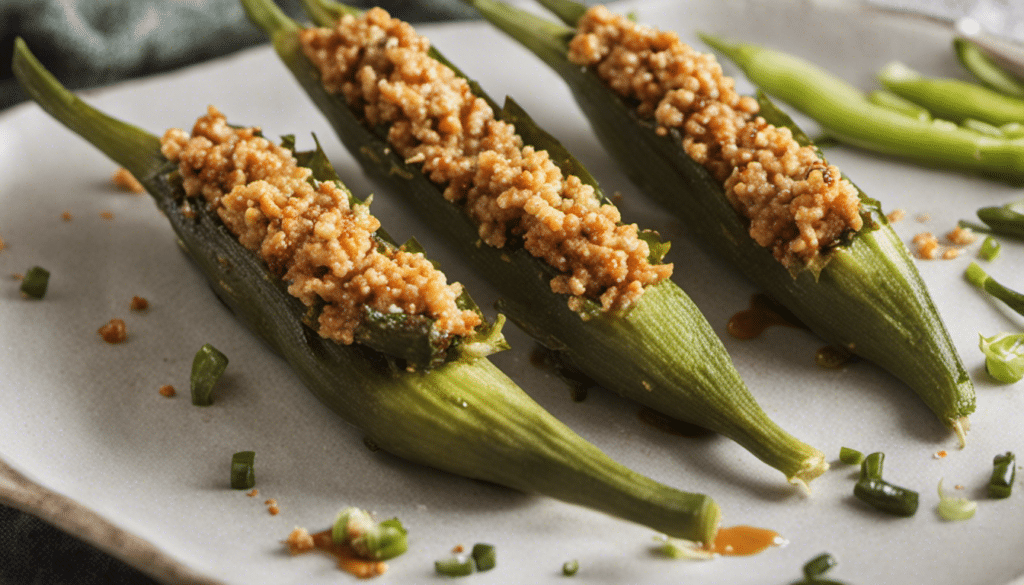| Prep: 20 mins | Cook: 40 mins | Difficulty: Medium | Serves: 6 |
| kcal | fat | saturates | carbs |
| 365 | 16g | 2g | 15g |
| sugars | fibre | protein | salt |
| 5g | 3g | 30g | 2.2g |
Why I Love Turkish Shrimp Pilaki
The Turkish Marvel: Shrimp Pilaki
As mentioned above, I, Kenzo Takahashi, have a deep fondness for creating culinary masterpieces that speak to my Asian-American roots, combining Pacific Northwest touches with my Japanese lineage. Yet it’s not only that combination I thrive and excel in. I have developed a passion over the years for international cuisine, and one of my favored formal entrées is the Turkish classic: Shrimp Pilaki.
Delete This extraordinary dish pairs wonderfully with fresh salads. Typical of Mediterranean flavours, fresh herbs and olive oil feature prominently in this dish. My Gallic twist is a small splash of dry white wine to enhance the sauce’s complexity, inspired by the culinary wizardry of Julia Child. This gives the Turkish classic an additional layer of depth and a breath of French elegance.
The Delight is in the Detail of Shrimp Pilaki
The unique blend of flavors in a Shrimp Pilaki is what truly excites me. The shrimp marinate in an aromatic blend of onion, garlic and herbs, searing beautifully in olive oil. The taste hints at my favorite Japanese staple sushi while simultaneously reminding me of the rich, seafood-based cuisine of the Pacific Northwest, where I was born and raised.
Although, Shrimp Pilaki is not a traditional Japanese dish, I find it resonates well with my favorite Japanese Nasu Dengaku (miso-glazed eggplant) dish, and I often make them together for my guests. The hearty meatiness of the eggplant complements the light, shrimp-base of the Pilaki, and the combination of such blends well to create a delicious meal. You can find a delightful recipe for Nasu Dengaku here.
Why Would You Not Love Shrimp Pilaki?
In the end, there’s a compelling reason for my love for this recipe. The Shrimp Pilaki delivers a taste of the Mediterranean, an echo of my Pacific Northwest home, and a nod towards my Japanese heritage. It’s diverse, it’s flavorful, and best of all, it allows me to keep innovating in the kitchen. The recipe has versatility, personality and adaptability – the three traits I relish in any dish.
Shrimp Pilaki is a testament to the magic that can be created with an open-minded kitchen, a testament to the beauty of fusion cuisine. Whether you’re looking for a fresh alternative to your seafood fare or looking to introduce a zesty zest to your weeknight meals, I assure you, Turkish Shrimp Pilaki is a dish worthy of your attention.
What You’ll Need
- 1.5 lb. large shrimp, peeled and deveined
- 1 large onion, finely chopped
- 3 cloves of garlic, minced
- 3/4 cup of olive oil
- 2 large tomatoes, finely chopped
- 3 tablespoons of tomato paste
- 1 cup of water
- 1 large carrot, chopped
- 1 cup of chopped celery
- 3/4 cup of dry white wine
- 1 teaspoon of sugar
- 1 bay leaf
- 1 teaspoon of salt
- 1/2 teaspoon of freshly ground black pepper
- 1 bunch of fresh dill, chopped
- 1 bunch of fresh parsley, chopped
- 2 tablespoons of lemon juice
Method
Step One
Start by prepping all your ingredients. Peel and devein your shrimp, finely chop your onion and tomatoes, chop your celery and carrot, and mince your garlic. Chop your dills and parsley.
Step Two
Heat your olive oil in a large skillet over medium heat. Once the oil is hot, add your onion, garlic, celery, and carrot. Cook these whilst stirring occasionally until the vegetables are tender.
Step Three
Add your finely chopped tomatoes, tomato paste, sugar, bay leaf, salt and ground black pepper into the skillet. Stir well and allow these to cook for around 3 minutes.
Step Four
Pour in the dry white wine and a cup of water into the mixture. Stir well to combine and bring the mixture to a simmer. Allow this to cook for about 10 minutes, or until the alcohol from the wine has evaporated and the flavors have melded together.
Step Five
Add your shrimp to the skillet with the vegetable and tomato mixture. Stir well so that all the shrimp is well coated in the sauce. Let them cook for about 5 minutes or until the shrimp becomes pink and fully cooked.
Step Six
Remove your bay leaf and sprinkle your chopped dill and parsley over the top of your pilaki. Finish off with a drizzle of lemon juice and give the dish one last stir to spread out the herbs and lemon flavor.
Serve your Shrimp Pilaki immediately whilst hot. Enjoy!




